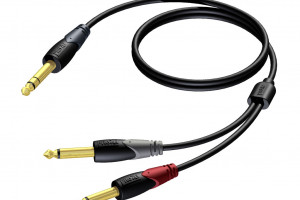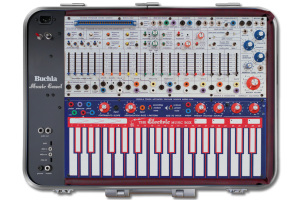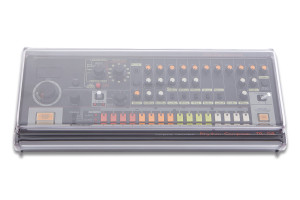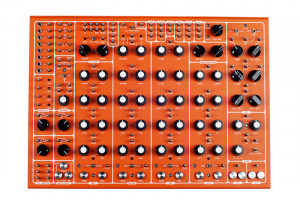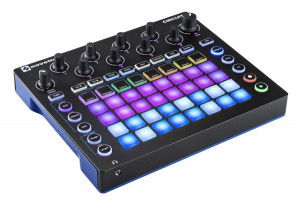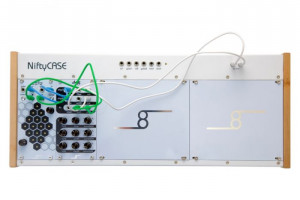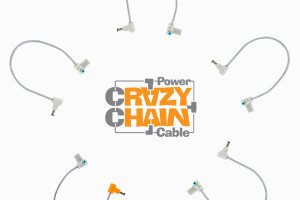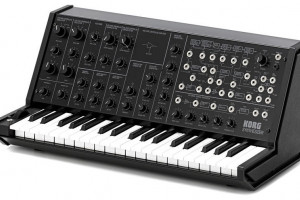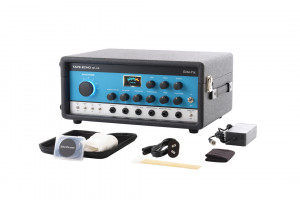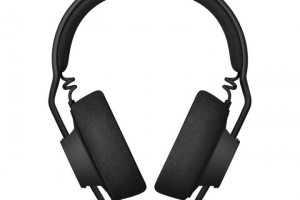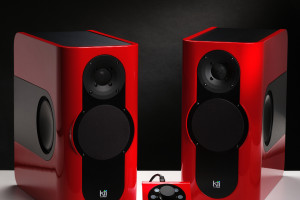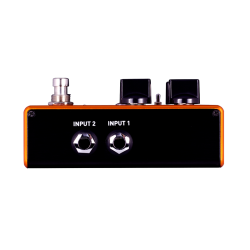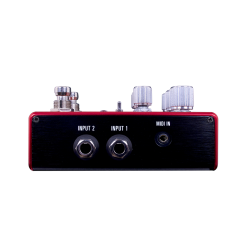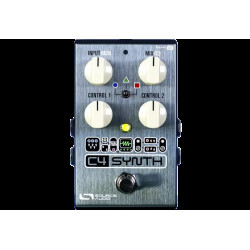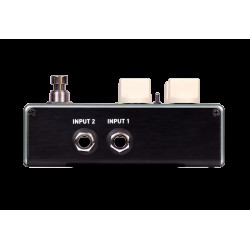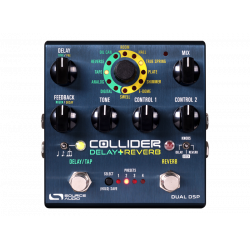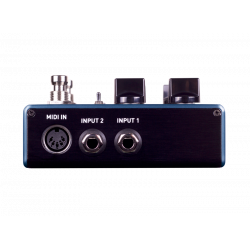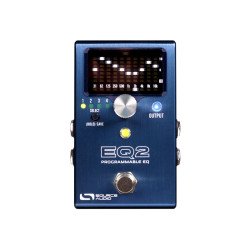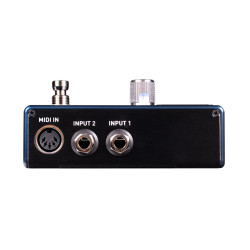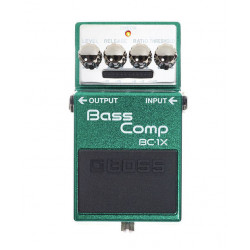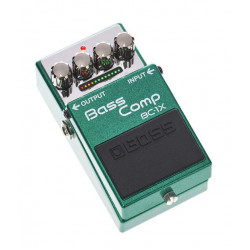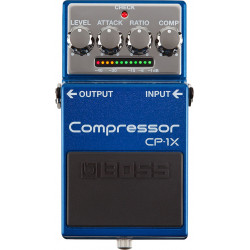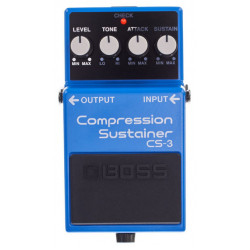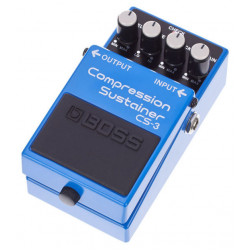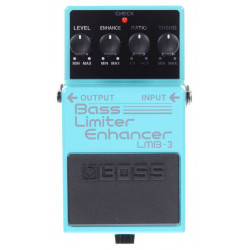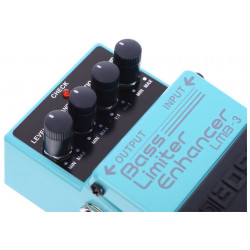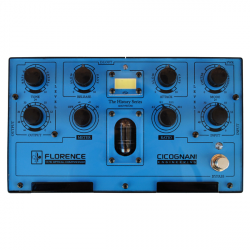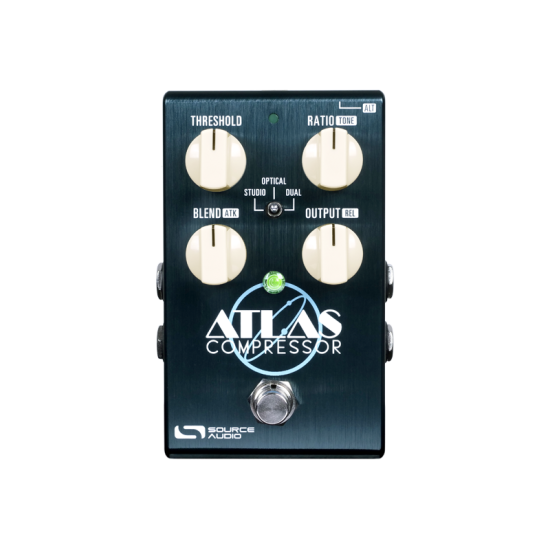
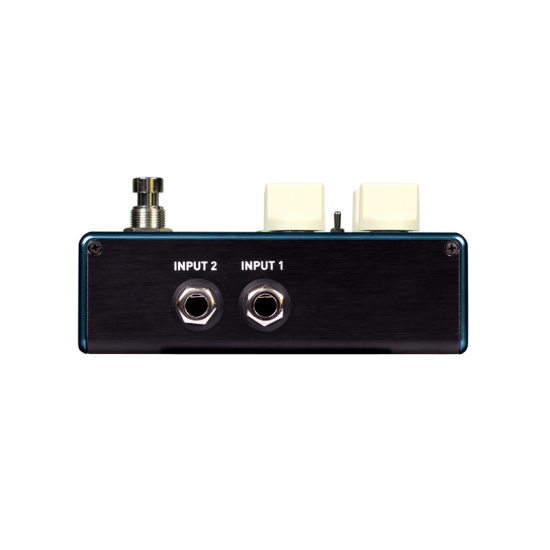
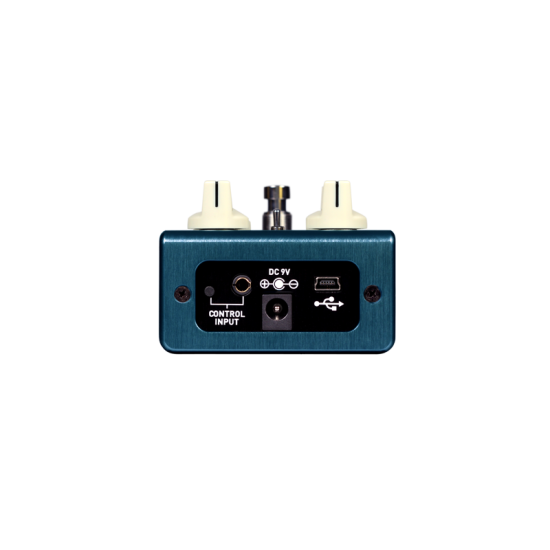
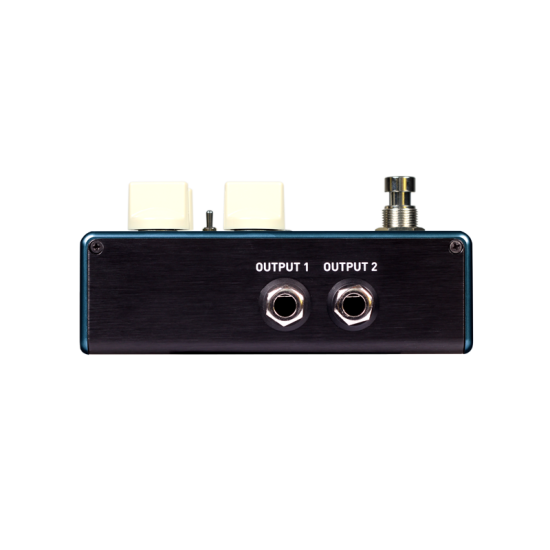




- Stock: In Stock
- Model: SOURCE-AUDIO-ATLAS
More from this brand
6 Types of Compression: The Atlas offers many different styles of compression with sounds inspired by studio rack gear and classic effects pedals.
LA2A Optical Compression: A faithful recreation of an electro luminescent panel combined with a photo resistor and the resulting warm and smooth compression that has been the standard in studios since the 1950s.
1176 Feedback FET Compression: Based on the solid state FET compressor known for its full body and super-fast attack.
LED Optical Compressor: Inspired by pedals that work on a similar concept as the LA2A, but swap the electro luminescent panel for an LED and a quicker, dirtier response.
Dual Compressors: Use Atlas’ dual compressors in a variety of ways: in Series, Parallel, or Band Split mode, which provides a separate set of controls for both high and low frequencies.
Studio Level Compression Controls: Access all the essential compression parameters including Feedback, Ratio, Attack, Release, Makeup Gain, Mix, and Tone, either with the pedal’s knobs or the Neuro Editor.
Special Bass Mode: With the push of a button, quickly convert Atlas to a special Bass Mode with compressor engines specifically optimized for bass.
Auto Makeup Gain: Dial in sounds quickly. Atlas automatically increases or decreases the Makeup Gain depending on the amount of compression.
Connect the Atlas Compressor to the Neuro Desktop Editor (a free download for Mac or Windows computers) or the Neuro Mobile App (free for iPhone and Android) and explore the power of effect downloading, customization, and sharing that comes with every One Series pedal.
Growing Library of Published Presets: Quickly test and download sounds from the ever-expanding collection of published User Presets created by Source Audio and the rest of the Atlas Compressor/Neuro Editor Community.
Deep Effects Editing Capabilities: Use the Neuro Desktop Editor (free download for Mac and Windows) or the Neuro Mobile App (free for iOS and Android) to create, store, and share highly customized filter effects.
Dual Compressor: Use Atlas’ dual compressors in a variety of ways: in Series, Parallel, or Band Split mode, which provides a separate set of controls for both high and low frequencies.
Dan Armstrong Orange Squeezer: A gritty compression inspired by the vintage 1970s unit that graced classic tracks like Steely Dan’s “Peg” and Dire Straits’ “Sultans of Swing.” Available in the Neuro Editor.
Look Ahead Compression: A classic studio trick. When engaged, Look Ahead creates an imperceptible latency in the signal that “looks into the future” and allows for an extra quick and smooth attack that without any additional distortion or artifacts.
Soft Knee:Adjusts the transition curve of the Threshold point. A sharper knee creates a snappy compression and a soft knee creates a more natural sounding compression.
Side Chain Compression: Use the signal going to Input 2 to trigger the compression applied to the signal going into Input 1.
Advanced Equalization: Use the 3-band parametric or 8-band graphic equalizers to tweak the tonal characteristics of your compression.
USB Connection – Use the pedal’s mini USB port to connect Atlas to the Neuro Desktop Editor, which can be used to edit presets or download the latest pedal firmware.
USB to Mobile App Connectivity - Connect the Mobile App to your Atlas Compressor via the USB port on the top of the pedal and enjoy two-way communication between the pedal and your Neuro Mobile App. This means you can see all of your Atlas preset settings on the App. in real time. (Lightening to mini Type B USB cable for iPhone) (Type-C to mini Type B USB cable for Android).
The Atlas Compressor responds to MIDI Program Change (PC) and Continuous Controller (CC) messages via its mini USB port. The USB port handles communication between the Atlas and digital audio workstations (DAW) on Mac and Windows machines as well as external MIDI controllers with USB host support (we recommend the DMC.micro from Disaster Area Designs)
Preset Saving – Save up to 128 effect presets.
MIDI Mapping – Use the Neuro Desktop Editor to easily map MIDI Continuous Controller (CC) messages to a comprehensive list of parameters.
Preset Recall - Use MIDI CC numbers 103(Bypassed) & 104(Engaged) with a CC value of the given preset slot to recall any of the Atlas's 128 MIDI accessible presets.
"Preset Increment" and "Preset Decrement" are two parameters that can be mapped to any unassigned MIDI CC# using the Device MIDI Map in the Neuro Desktop Editor.
The Neuro Hub - Connect the Atlas to the Neuro Hub and use MIDI CC messages to control parameters or recall presets.
Additionally, the Atlas can be added to Hub Scenes, is visible through the Hub, and can be controlled by PC messages, giving you the full access to 128 preset slots. Visit the Neuro Hub page for more info.
One Series MIDI Adapter - Connect the MIDI Adapter to the SENSOR INPUT with MIDI PC and CC messages. Visit the One Series MIDI Adapter page for more info.
Includes 9v DC power supply (300mA / Negative Tip)
Includes 1/8” to 1/4” cable for Neuro Mobile App connection.
Power Consumption — 165mA
USB port — Connects to Mac or Windows PC for firmware updates and the forthcoming in-depth effects editing software.
Brushed anodized aluminum housing.
Dimensions: L: 4.5 in./11.4cm x W: 2.75 in./7cm x H: 2 in./5.1cm (including knobs)
-285x169.png)
